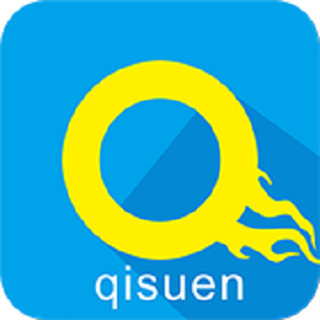eSIM手机来了!三大运营商均支持

A significant shift is underway in mobile technology with the rise of eSIM. Unlike traditional physical SIM cards, an eSIM is a digital chip embedded directly into a device. It replaces the physical card with an electronic profile, allowing users to activate cellular service (移动网络服务) without visiting a store for a SIM card. This technology enables switching between mobile carriers, frees up valuable internal space for larger batteries or improved components, and often enhances the device’s water resistance.
This technological advancement has now gained official momentum in China. On October 13, the country’s three major carriers — China Unicom, China Mobile, and China Telecom — announced they had received approval to begin commercial trials of eSIM services for mobile phones, marking a nationwide rollout across mainland China. The carriers highlighted key advantages of eSIM, including high security, stability, and the flexibility it offers. This technology paves the way for a more convenient user experience, featuring card-free activation, multi-device connectivity, and easier global roaming (漫游).
Public anticipation for this new service is evident. Even before the official launch, pre-registration channels offered by China Mobile and China Unicom saw overwhelming demand, with hundreds of thousands of users signing up within hours. To apply for the service, users can currently visit the offline stores of carriers like China Mobile and China Telecom.
The move also fuels speculation (猜测) about new device launches, most notably Apple’s ultra-thin iPhone Air. This device, which has completely eliminated the physical SIM slot in favor of eSIM, may soon see an official release in the Chinese market. The groundwork for this shift has been laid over years. China Unicom, for instance, began its eSIM research as early as in 2015 and has since expanded the technology to wearables, laptops, and IoT devices, serving millions of users. Beyond the iPhone Air, domestic manufacturers like Huawei and OPPO are also expected to launch their own eSIM-compatible phones soon, signaling a broad industry transition towards a more integrated and flexible mobile future.
原创编写 版权所有 侵权必究! 每日更新 个性化阅读 英语飙升!1. 2. The approval from Chinese carriers implies that eSIM service is ______.(推理判断)
A still in early testing
B available across the nation
C required for all users
D only for Apple devices
2. 3. What can be inferred about users’ attitude towards eSIM?(推理判断)
A Positive.
B Negative.
C Unconcerned.
D Doubtful.
3. 4. What is a future trend suggested by the passage?(推理判断)
A Physical SIMs’ immediate end.
B The eSIM becoming a standard feature.
C Free global roaming for all.
D The eSIM limited to premium brands.

